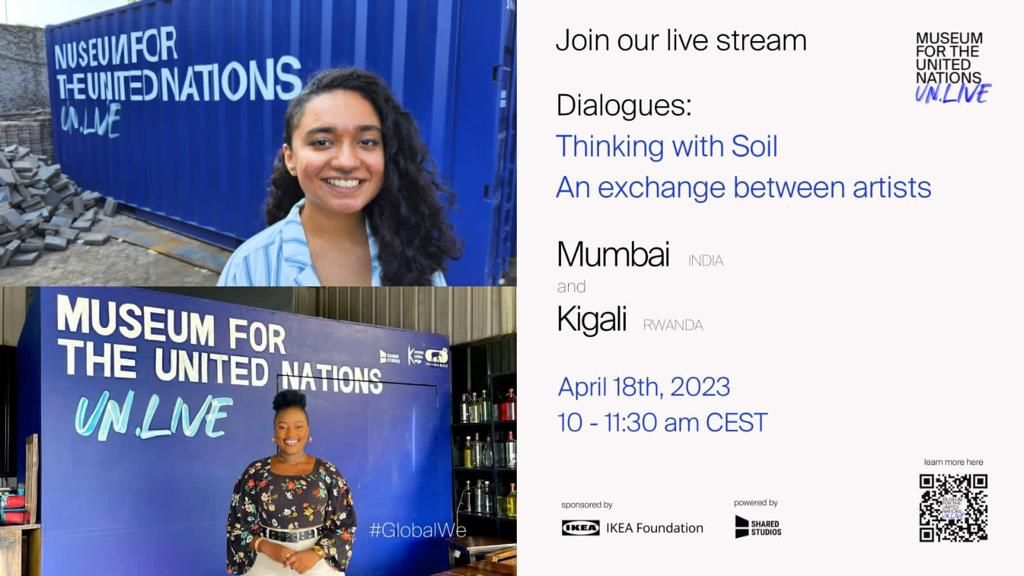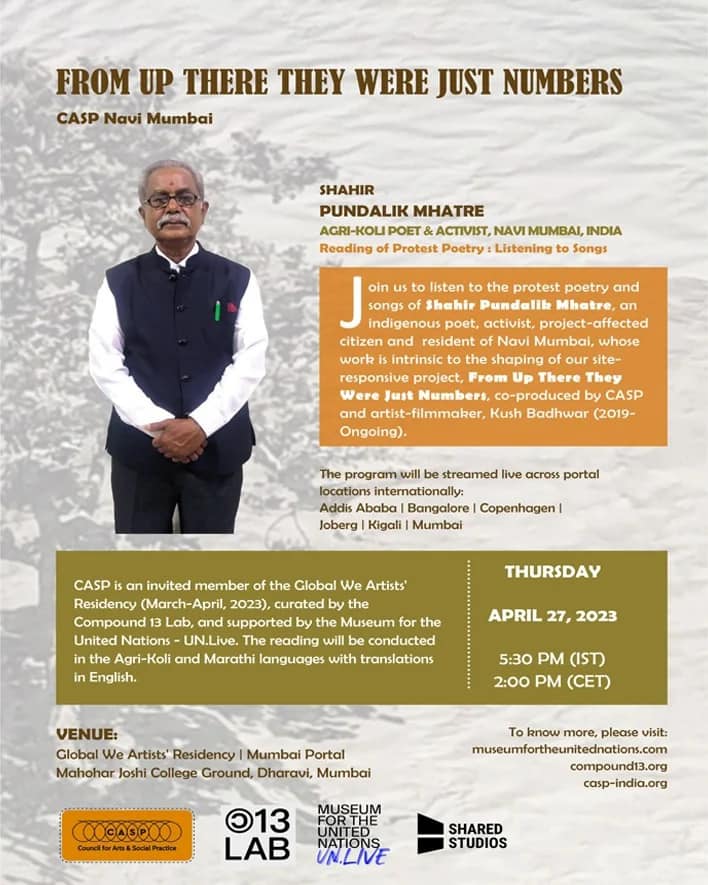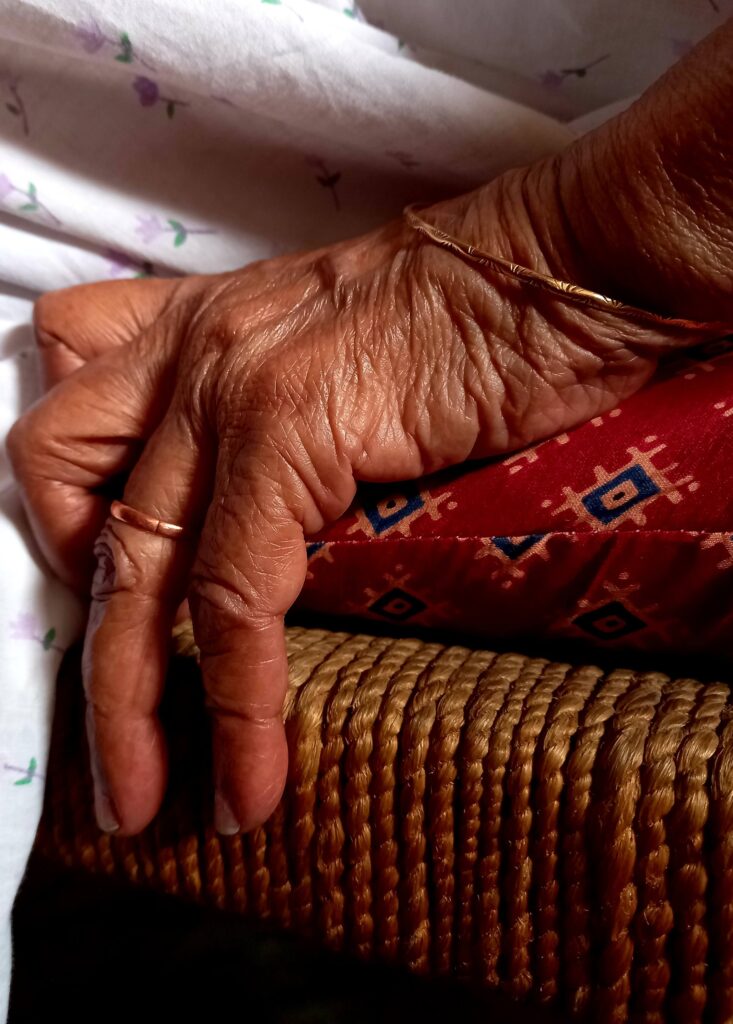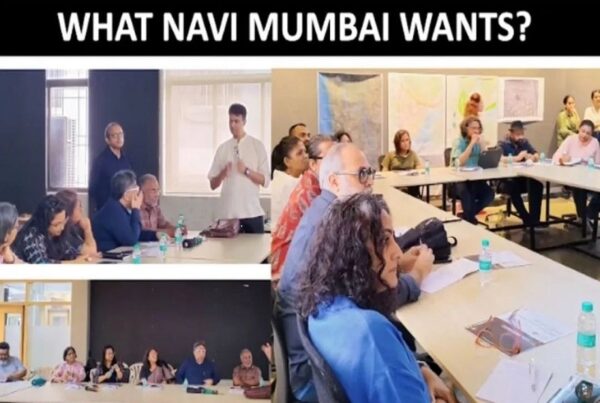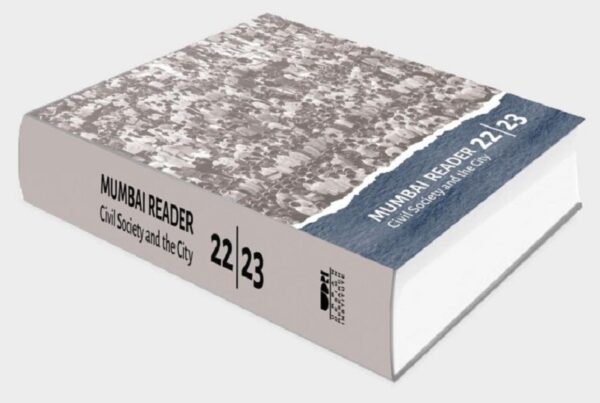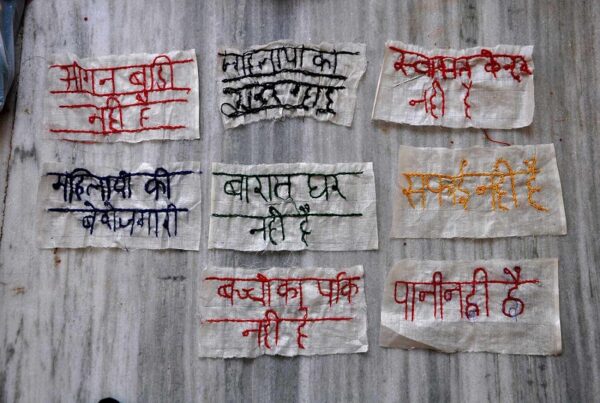Connecting Habitat(s): Global We Artists’ Residency (March-April 2023) curated by the Compound 13 Lab and the Museum for the United Nations – UN.Live, was part of the UN.Live’s ongoing Global We for Climate Action program connecting people across borders and cultures to discuss issues that matter most in the planet.
With resident artists from Addis Ababa, Bangalore, Copenhagen, Jakarta, Johannesburg, Kigali, Mexico City, and Navi Mumbai, this residency was held across 8 weeks on both online and onsite portals, with CASP being an invited member.
“Connecting Habitat(s): Sharing Recipes for a Changing Planet, engages communities local to each portal in a process of shared storytelling. Artist residencies at each portal collaboratively explore the local and global impacts of a fast changing planet, from ecological crises to climate change and how we experience these differently, as well as our search for synergies, solidarities and creative solutions.” (Curatorial Note Excerpt, March, 2023).
Curators: Ben Parry and Sharmila Samant (Compound 13 Lab) and Annesofie Norn (UN.Live).
Residency Artists: Leikun Nahusenay (Addis Ababa), Suresh Kumar (Bangalore), Inge Agnete Tarpgaard (Copenhagen), Hafiz Rancajale and Otty Widasari (Jakarta), Masai Sepuru (Johannesburg) Natacha Muziramakenga (Kigali), Rene Hayashi (Mexico City) Amrita Gupta and Anupam Singh, CASP (Navi Mumbai).
 Online | Zoom Conversations:
Online | Zoom Conversations:
Continuing CASP’s engagement with our ongoing site-responsive project, ‘From Up There They Were Just Numbers’ (2019-Ongoing) in collaboration with Kush Badhwar in Navi Mumbai, we shared our work with fellow-resident artists (on Zoom) across 8 cities and 8 weeks across the world, and reciprocally engaged with each other’s practices in a spirit of collective sharing and participatory knowledge. The curators and artists worked together building creative conversations around “soil, habitats, the power of unheard voices, and a pluralistic understanding of belonging, activated through the methodology of artists sharing scores as a tool for creating actions, interventions, collaborations and connections across an expanding global network of portals. Instead of individual artists’ residencies, the proposal is a ‘live’ exploration with each portal location and surrounding communities, generating a collection of responses, works, and conversations through the power of art.” (Curatorial Note Excerpt, March 2023).
Onsite | Dharavi Portal, Mumbai
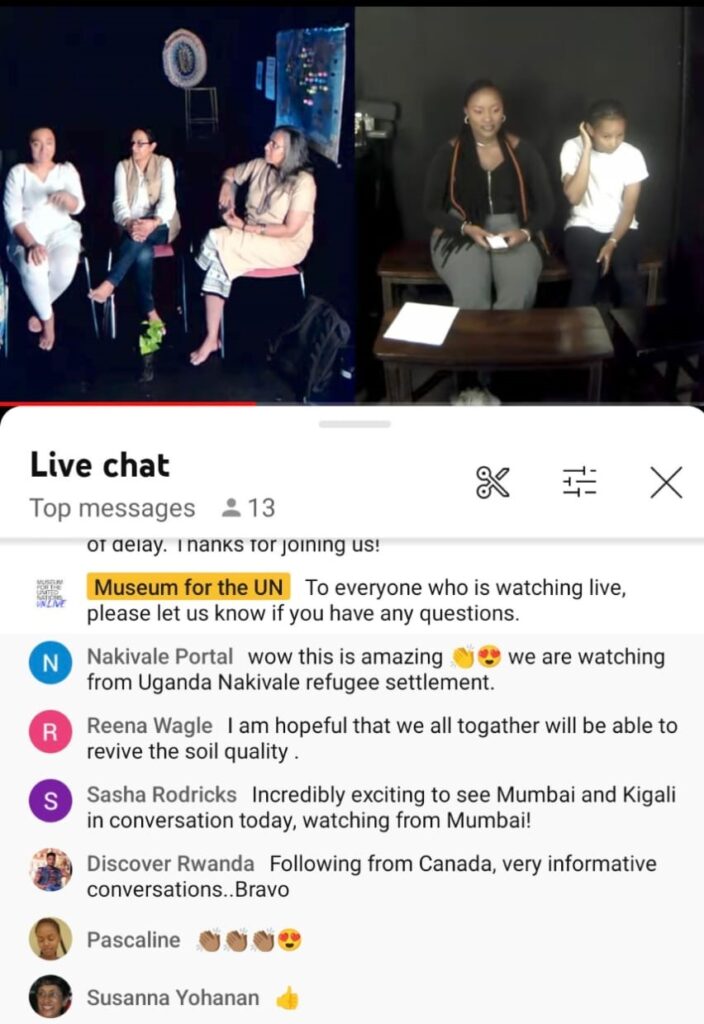 On April 18, CASP conducted a workshop at the Dharavi portal, ‘Dialogues: Thinking with Soil’ in conversation (via Zoom and live-streamed on UN.Live’s YouTube) with the onsite portals at Kigali and Nairobi, envisioning the various emotions around soil, smell, memory, place, roots, hope and belonging juxtaposed with the neoliberal patterns of precarity, displacement, real estate expansion, and surveillance that soil/land is subjected to. Two sites – the ecological and cultural destruction at the Navi Mumbai International Airport (under construction) and the Maharashtra Nature Park in Dharavi, where an erstwhile dumping yard has been transformed into a public park were cited as examples of the diverse and often conflicting imaginations and policies that work in the making of cities. The workshop concluded with drawings with local soil across geographies and cultures.
On April 18, CASP conducted a workshop at the Dharavi portal, ‘Dialogues: Thinking with Soil’ in conversation (via Zoom and live-streamed on UN.Live’s YouTube) with the onsite portals at Kigali and Nairobi, envisioning the various emotions around soil, smell, memory, place, roots, hope and belonging juxtaposed with the neoliberal patterns of precarity, displacement, real estate expansion, and surveillance that soil/land is subjected to. Two sites – the ecological and cultural destruction at the Navi Mumbai International Airport (under construction) and the Maharashtra Nature Park in Dharavi, where an erstwhile dumping yard has been transformed into a public park were cited as examples of the diverse and often conflicting imaginations and policies that work in the making of cities. The workshop concluded with drawings with local soil across geographies and cultures.
On April 27th, CASP organized a program to listen to the protest poetry and songs of the indigenous poet-activist, Shahir Pundalik Mhatre, from Ulwe, Navi Mumbai, whose work has critiqued the developmental criteria in Ulwe and inspired our ongoing project at the Navi Mumbai International Airport site. This program was held in the languages of the Agri-Koli, Marathi and English and streamed live from the Mumbai portal in Dharavi across locations in Addis Ababa, Bangalore, Copenhagen, Johannesburg and Kigali. Poems, performances, videos and conversations flowed in from the other portals, creating an exchange of inter-portal experiences that reached out into place, site, community and specific geographies of each portal.


